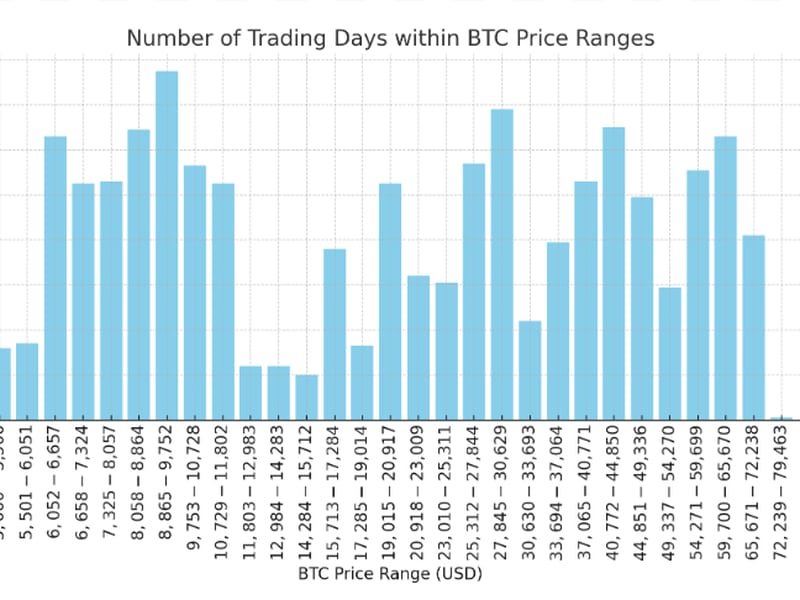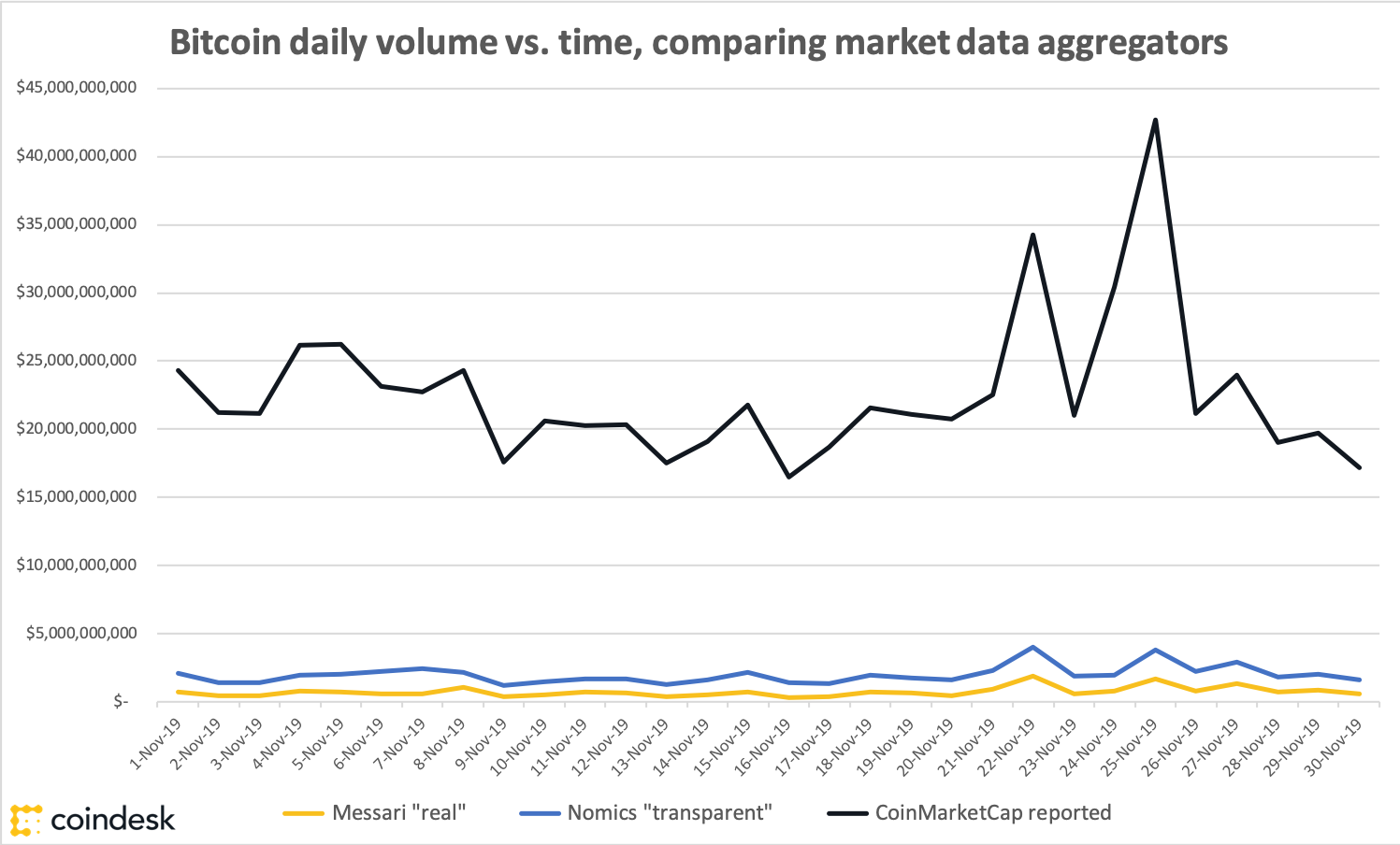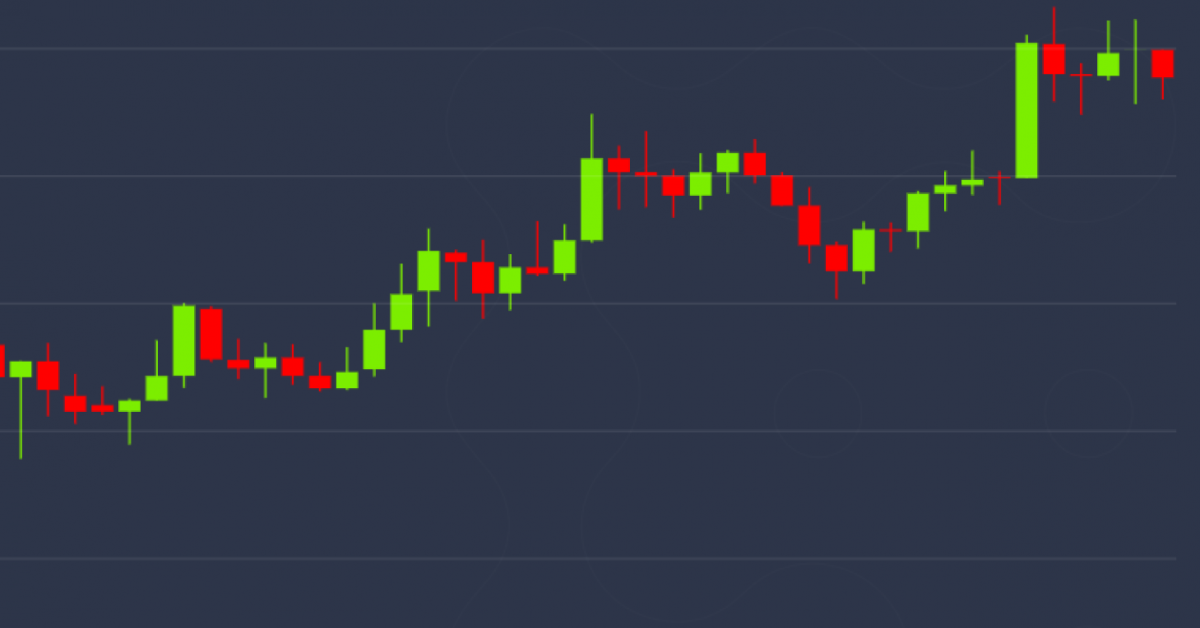Digital Ruble Can Help Track Government Spending, Bank of Russia Says
Digital Ruble Can Help Track Government Spending, Bank of Russia Says
Russia’s central bank, the Bank of Russia, issued a report about potentially launching a digital ruble.
The new report, published on the Bank of Russia’s website on Tuesday, does not promise an immediate launch. According to the report, the regulator is open to feedback on the idea until Dec. 31. Then it will evaluate the data and possibly pilot a digital ruble with a limited set of users. Only at that point will they make a decision on whether or not such a project will be officially launched.
The report proposed a central bank digital currency (CBDC) that will complement other forms of money, namely cash and bank accounts. Whether it will use a distributed ledger, a centralized system or a hybrid is an open question. The report underscores the value of smart contracts, which were pioneered on the Ethereum blockchain.
CBDCs, or central bank digital currencies, have been a buzzword for a while. Various central banks are discussing the topic and the People’s Bank of China moving fast to launch a digital yuan.
This isn’t the first time Russia’s financial regulator has explored this concept. Last summer, the Bank of Russia’s head, Elvira Nabiullina, said the regulator will not issue its own digital currency any time soon, but was studying the question.
Unlike cryptocurrencies and stablecoins (specifically mentioned in the report), the digital ruble’s viability will be guaranteed by the government and the Bank of Russia in particular, the report said. The already-existing digital payment infrastructure used by payment terminals and ATMs can be also employed as payment rails for the digital ruble, the Bank of Russia believes.
The digital ruble will stimulate innovation and competition in the financial sector as it will make transfers of funds from one financial broker to another faster and easier, the report said. It can also help make sure the funds allocated to government-funded projects are not misappropriated as a result of corruption. Each unit of the digital ruble can be tagged according to how exactly it can be spent.
The report pays special attention to privacy. Although it won’t be possible to use the digital ruble anonymously, unlike paper cash or decentralized cryptocurrencies, “data about transactions with the digital ruble will contain more limited information than the existing payment systems,” the report said.
In particular, banks will have access to information on who participated in a transaction, but not the purpose of the transaction, the report reads. The users of the digital ruble will be go through KYC, or know-your-customer, procedures on the Bank of Russia’s tech platform.
The regulator envisions that the potential launch of the digital ruble can create a period of instability for banks as people might start withdrawing funds from their accounts to buy digital rubles. In this case, the Bank of Russia will help banks maintain their balances with additional loans.
The amount of digital rubles that can be acquired at one time will also be limited, similar to the limits on cash withdrawals.









